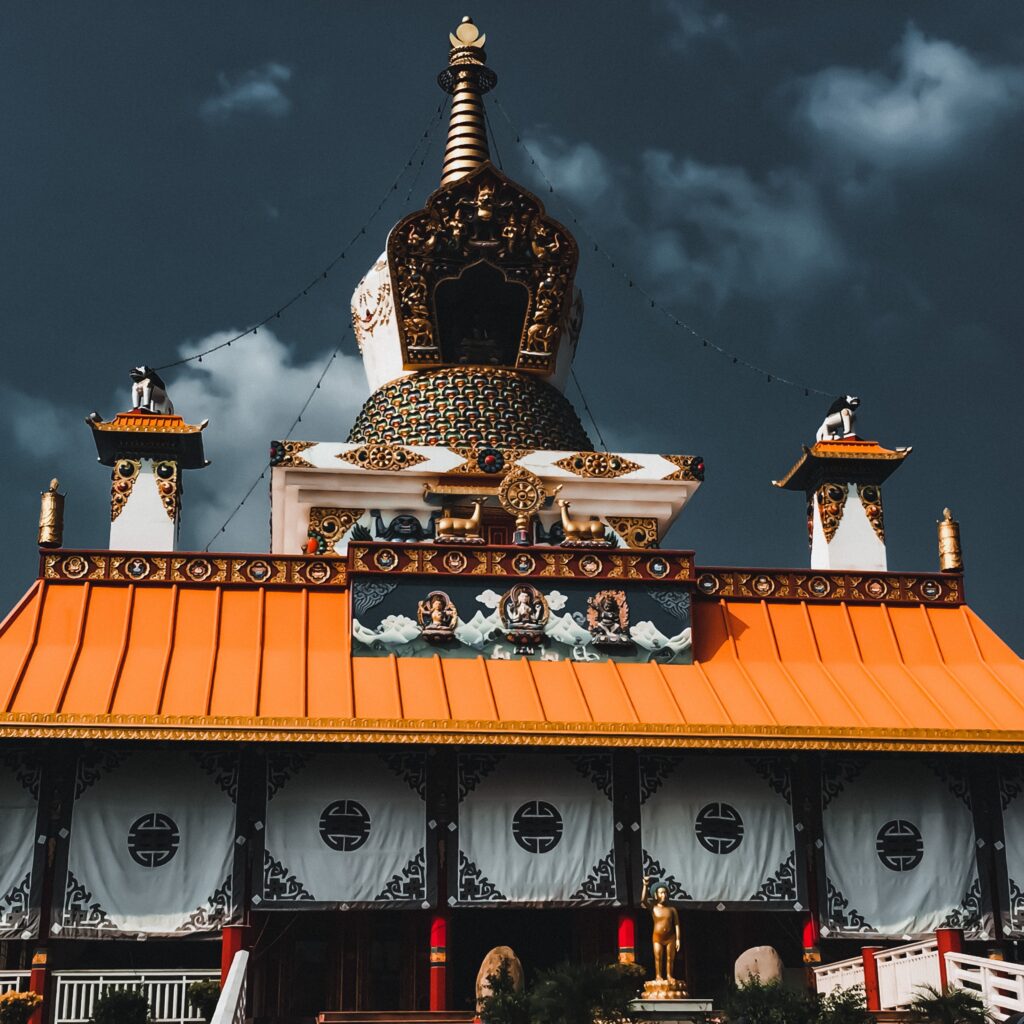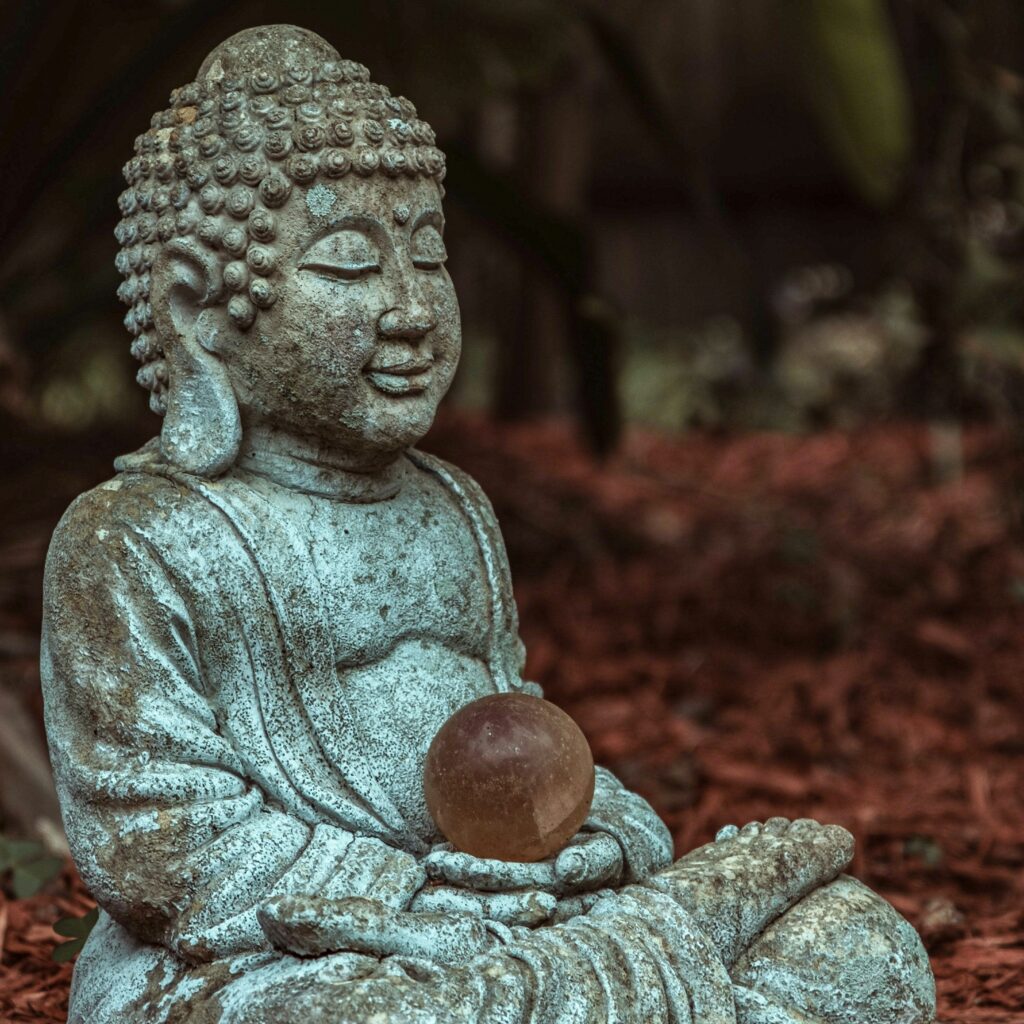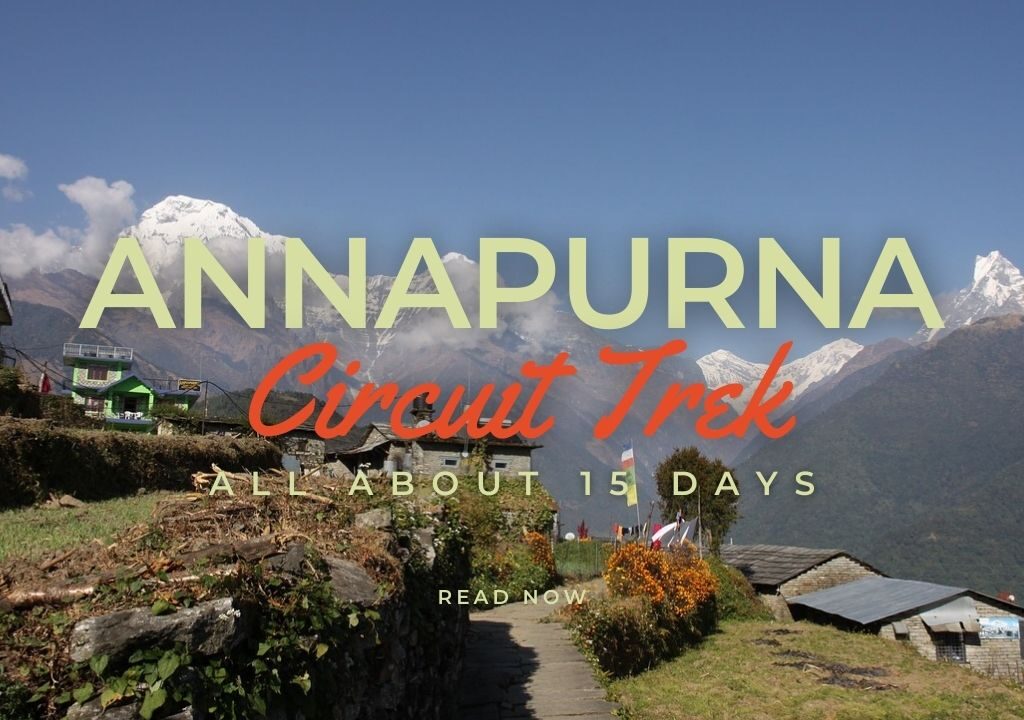Lumbini Tour in Nepal
In the southern plains of the beautiful Himalayan kingdom, Nepal, lies an oasis of peace and quietness, called Lumbini. Rich in cultural heritage and religious importance, a Lumbini Tour offers an intimate revel in of considered one of Buddhism’s maximum sacred sites. This blog will provide an in-intensity manual to plot your journey to this respected place.
Introduction to Lumbini, Nepal
Lumbini, a UNESCO World Heritage Site, is globally renowned as the birthplace of Siddhartha Gautama, the Lord Buddha. Buddha, born in 623 BC, is the founder of Buddhism, a route of non-secular improvement mainly to perception into the authentic nature of life. The sacred region, marked through a stone pillar erected via Emperor Ashoka in 249 BC, is a substantial destination on any Lumbini Tour.

Lumbini: The Birthplace of Buddha and its Historic Significance
Lumbini, located in the Rupandehi District of Nepal, is a Buddhist pilgrimage site of unparalleled importance. It is here, nestled in the southern Terai plains, that Queen Maya Devi gave birth to Siddhartha Gautama in 623 BC, who would later become known as Buddha – the enlightened one. This historical and religious landmark forms the crux of the rich tapestry of Buddhism’s beginnings and its propagation across the world.
The Birth of Buddha and Early Significance
Siddhartha Gautama’s birth was extraordinary, as depicted in the Jataka tales. Legend tells that Queen Maya Devi, while on her way to her parent’s home, stopped in Lumbini to rest. Here, beneath a Sal tree in the beautiful gardens, she gave birth to the prince who would eventually become the founder of Buddhism.
Following his birth, the prophecy from the sage Asita stated that Siddhartha would either become a great king or a holy man. As history would have it, Siddhartha abandoned his royal privileges to seek the path of enlightenment. His teachings later formed the foundation of Buddhism, a religion that would profoundly influence the spiritual, cultural, and social fabrics of numerous societies globally.
The Ashokan Inscription and Rediscovery of Lumbini
Lumbini’s significance as the birthplace of Buddha was confirmed by an inscribed pillar discovered at the site. Emperor Ashoka, a famed Indian ruler and devout promoter of Buddhism, visited Lumbini around 249 BC as part of his pilgrimage to Buddhist sites. To commemorate his visit and the importance of Lumbini, he erected a pillar inscribed with details confirming Lumbini as the birthplace of Buddha.
However, over centuries, the location of Lumbini was lost to oblivion and covered in dense forest. It was only rediscovered in 1896 when a German archaeologist, Alois Anton Führer, found the Ashoka pillar with its inscription. Since then, Lumbini has regained its rightful place on the map as a sacred Buddhist site and a place of pilgrimage.
Lumbini in Modern Times
Today, Lumbini is a UNESCO World Heritage Site, attracting scholars, historians, archaeologists, and religious seekers from round the sector. It is diagnosed no longer handiest for its non secular and historical significance but additionally as a symbol of peace and solidarity.
The centerpiece of Lumbini remains the sacred lawn, which homes the Maya Devi Temple, the Ashoka Pillar, and the Marker Stone. The Maya Devi Temple is built over the spot wherein Buddha became born, with the Marker Stone within the temple signifying the precise birth vicinity.
Additionally, the sacred garden and the surrounding monastic zones are home to monasteries, stupas, meditation centers, and museums, constructed by using various international locations, reflecting the worldwide enchantment and acceptance of Buddhism.
In precis, the history and importance of Lumbini because the birthplace of Buddha preserve titanic significance for information the origins and spread of Buddhism. A go to to Lumbini offers a adventure into the roots of one of the international’s most observed religions and a completely unique insight into its founder’s existence and teachings.
Attractions of Lumbini Tour in Nepal
Maya Devi Temple
This revered spot marks the exact place where Buddha was born. The Maya Devi Temple, named after Buddha’s mother, houses the Marker Stone which marks the precise location of Buddha’s birth. Surrounded by the lush Sal trees, the temple is a tranquil spot offering a glimpse into Buddha’s life.

Ashoka Pillar
Erected by Emperor Ashoka during his pilgrimage to the birthplace of Buddha, this sandstone pillar bears an inscription that confirms Lumbini as Buddha’s birthplace. Today, it stands as a significant attraction on any Lumbini tour.

World Peace Pagoda
The World Peace Pagoda, also known as Shanti Stupa, is a massive structure that symbolizes peace and unity. Built by Japanese Buddhists, it offers a panoramic view of the Lumbini Crane Sanctuary and the surrounding areas.
Monastic Zone
The Monastic Zone is a sprawling complex divided into the eastern and western monastic zones. It houses monasteries and temples built by various countries each exhibiting unique architectural styles. Some notable monasteries to explore include the Myanmar Golden Temple, the Germany’s Great Drigung Kagyud Lotus Stupa, and the China’s Zhong Hua Chinese Buddhist Monastery.
Lumbini Crane Sanctuary
This bird sanctuary is a haven for bird watchers and nature lovers. It is especially known for housing the endangered Sarus Crane. Apart from the crane, it also hosts several other bird species providing a tranquil experience amidst nature.
Sacred Garden
This expansive garden is filled with beautiful flora and a serene pond filled with lotus flowers. A stroll around the Sacred Garden is indeed a walk to remember during a Lumbini tour.
- Eternal Peace Flame: This flame has been burning continuously since 1986 as a symbol of peace and fraternity. It is an attraction not to be missed during a Lumbini tour.
- Bodhi Tree: The tree is of special significance to Buddhists as it is under a Bodhi tree in Bodh Gaya, India, that the Buddha is said to have attained enlightenment. The Bodhi tree in Lumbini is a significant attraction for visitors.
- Lumbini International Research Institute (LIRI): This research institute houses an extensive collection of books and manuscripts on Buddhism and other Himalayan cultures. It is a must-visit place for history buffs and researchers.
- The Royal Thai Monastery: This beautiful monastery is one of the biggest attractions in Lumbini due to its unique and attractive architecture. It is a visual treat and a symbol of the global Buddhist community.
Each attraction on a Lumbini Tour in Nepal offers its own unique experience, whether it’s the historic Maya Devi Temple or the peaceful Crane Sanctuary. For tourists seeking a blend of history, culture, and spirituality, Lumbini offers an unmatched experience.
Logistics of Visiting Lumbini: Your Essential Guide
Traveling to a new place requires the good planning. When embarking on a pilgrimage or historic visit to a place as sizeable as Lumbini, it is crucial to recognize how to get there, where to live, and what to pck. Here’s your essential guide to the logistics of visiting Lumbini.
Getting to Lumbini
There are several ways to go Lumbini from Kathmandu.
• By Air: The fastest way to get to Lumbini is by flight. Several domestic airlines operate daily flights from Kathmandu to Bhairahawa’s Gautam Buddha Airport, which is just 22 km away from Lumbini. The flight duration is approximately 30 to 45 minutes. From Bhairahawa, you can hire a taxi or take a local bus to reach Lumbini.
• By Road: For those preferring a scenic drive, there are tourist buses that operate daily from Kathmandu to Lumbini. The journey takes about 7-9 hours. Alternatively, one can hire a private vehicle for a more comfortable journey.
• By Train: Though not a direct route, you could opt for a train journey up to Nautanwa (India), which is close to the border of Nepal. From Nautanwa, Lumbini is around 20 km away and can be reached by hiring a taxi.
Accommodation in Lumbini
There is a range of accommodations available in Lumbini to suit different budgets and preferences.
- Luxury Hotels: For those seeking luxury, there are several high-end hotels providing excellent facilities and comfort. Buddha Maya Garden Hotel and Lumbini Hokke Hotel are among the popular choices.
- Mid-range and Budget Hotels: Numerous mid-range and budget hotels offer decent accommodation with basic amenities. Some of them include Hotel Peace Palace and Lumbini Buddha Garden.
- Monastery Lodging: For a more immersive experience, some monasteries provide lodging facilities to visitors. These offer simple accommodations and give you a taste of monastic life.
What to Pack for Lumbini Tour in Nepal
Packing for Lumbini depends on the time of year you’re visiting as Nepal experiences considerable seasonal changes.
Clothes
During the summer (March to June), pack lightweight, breathable clothing. From June to September, which is monsoon season, pack rainwear, waterproof shoes, and umbrellas. For the winter months (October to February), carry warm clothing as temperatures can drop significantly.
Shoes
Comfortable walking shoes are a must as you will be exploring on foot for Lumbini Tour in Nepal.
Medications
Pack any necessary medications and a basic first aid kit for Lumbini Tour in Nepal.
Other Essentials
Sunscreen, sunglasses, a hat, and a reusable water bottle are essential. If you plan on staying in monasteries or budget accommodations, packing a travel sleeping bag might also be useful.
Respectful Attire
As Lumbini is a sacred Buddhist site, modest clothing is recommended. Cover your shoulders and knees when visiting monasteries or religious sites.
Miscellaneous
A camera for capturing memories, a notebook for journaling, a good book for quiet evenings, and travel adapters for your electronics.
Plan your visit to Lumbini meticulously and respect the local customs and traditions. After all, visiting the birthplace of Buddha is as much about embracing peace and mindfulness as it is about discovering history and spirituality.
Handy Tips for Your Visit to Lumbini
A trip to Lumbini, the birthplace of Buddha, may be a profound experience, wealthy in cultural, historical, and non secular exploration. To make the maximum of your go to, here are some hints which can enhance your enjoy and make certain you have interaction respectfully with the local customs and subculture.
What to Expect from lumbini tour in Nepal
Spiritual Atmosphere
Lumbini has a tranquil and spiritual atmosphere. From the chanting of Buddhist prayers to the non violent gardens, count on to immerse yourself in a serene environment that encourages introspection and mindfulness.
Crowds
As a popular pilgrimage site, Lumbini may be crowded, specially in the course of Buddha Jayanti (Buddha’s birthday) whilst Buddhists from around the sector flock to the website.
Variety of Architecture
The monastic quarter of Lumbini houses monasteries constructed via numerous international locations, each reflecting their unique architectural styles. This gives Lumbini an worldwide attraction.
Dress Code
- Modest Attire: It is essential to dress modestly while visiting Lumbini, out of respect for its religious significance. Both men and women should wear clothing that covers the shoulders and knees.
- Comfortable Footwear: The site is large, and you will be doing a lot of walking, so comfortable shoes are a must.
Respectful Behaviour
- Respect Holy Sites: Do not touch religious artifacts, including statues and sculptures, unless it is permitted. Always walk clockwise around shrines, chortens, or mani walls, as per Buddhist tradition.
- Photography: Always ask for permission before taking photos, especially inside the monasteries and of monks. Some sites may have specific restrictions on photography.
- Silence: Maintain silence or talk softly in the sacred sites to maintain the peaceful environment and to respect those who are there for religious purposes.
- Monastery Etiquette: In some monasteries, you might need to remove your shoes before entering. Follow the signs or observe others if you are unsure.
General Tips for lumbini tour in Nepal
- Stay Hydrated: It can get quite hot, especially during the summer months, so remember to stay hydrated. Always carry a water bottle with you.
- Hire a Local Guide: To get a deeper understanding of the history and significance of Lumbini, consider hiring a local guide. They can offer valuable insights that might not be found in guidebooks.
- Start Early: Start your day early to avoid the midday heat and to explore the area at a relaxed pace.
A go to to Lumbini is a journey through time and spirituality. Remember, it’s now not only a tourist vacation spot however a sacred web page with notable spiritual significance to hundreds of thousands of humans round the world. Respect and mindfulness have to manual your actions at some point of your go to.
Conclusion
Lumbini, a UNESCO World Heritage Site and the birthplace of Buddha, is a great destination that gives an enriching experience of subculture, history, and spirituality. A visit to this sacred place is an opportunity to walk the very soil where Buddha was born, enhancing one’s understanding and respect for one of the world’s major religions.
From exploring the Mayadevi Temple, which marks the exact birthplace of Buddha, to experiencing the tranquil aura of the World Peace Pagoda, a Lumbini tour offers a blend of historical insights, serene surroundings, and cultural understanding. Discover the diverse architectural styles of the monasteries in the monastic zone, representing the global reach and acceptance of Buddhism. Unwind amidst nature’s splendor at the Lumbini Crane Sanctuary or find quiet contemplation beneath the historic Bodhi tree.
Traveling to Lumbini from Kathmandu is an accessible journey, with multiple modes of transportation available. Accommodation ranges from luxury hotels to monastic lodgings, catering to different visitor preferences. Ensure your visit aligns with the region’s climate, pack appropriately, and always dress modestly, keeping in mind the spiritual significance of the location.

Maintaining respect for the sanctity of the site, observing silence in sacred areas, and respecting Buddhist traditions can make your visit a truly rewarding one. Hiring a local guide can provide valuable insights, enhancing your experience.
Lumbini is more than just a travel destination; it’s a spiritual journey, a step back into history, and a connection with a peace-oriented philosophy. Whether you are a Buddhist, a history buff, a cultural nomad or a peace seeker, a visit to Lumbini offers a unique and beautiful experience.
Take a step further, delve deeper, and let the spirit of peace and enlightenment guide you in this beautiful place of birth of Buddha. Learn more about Lumbini, and explore the paths where spirituality and history intertwine.




